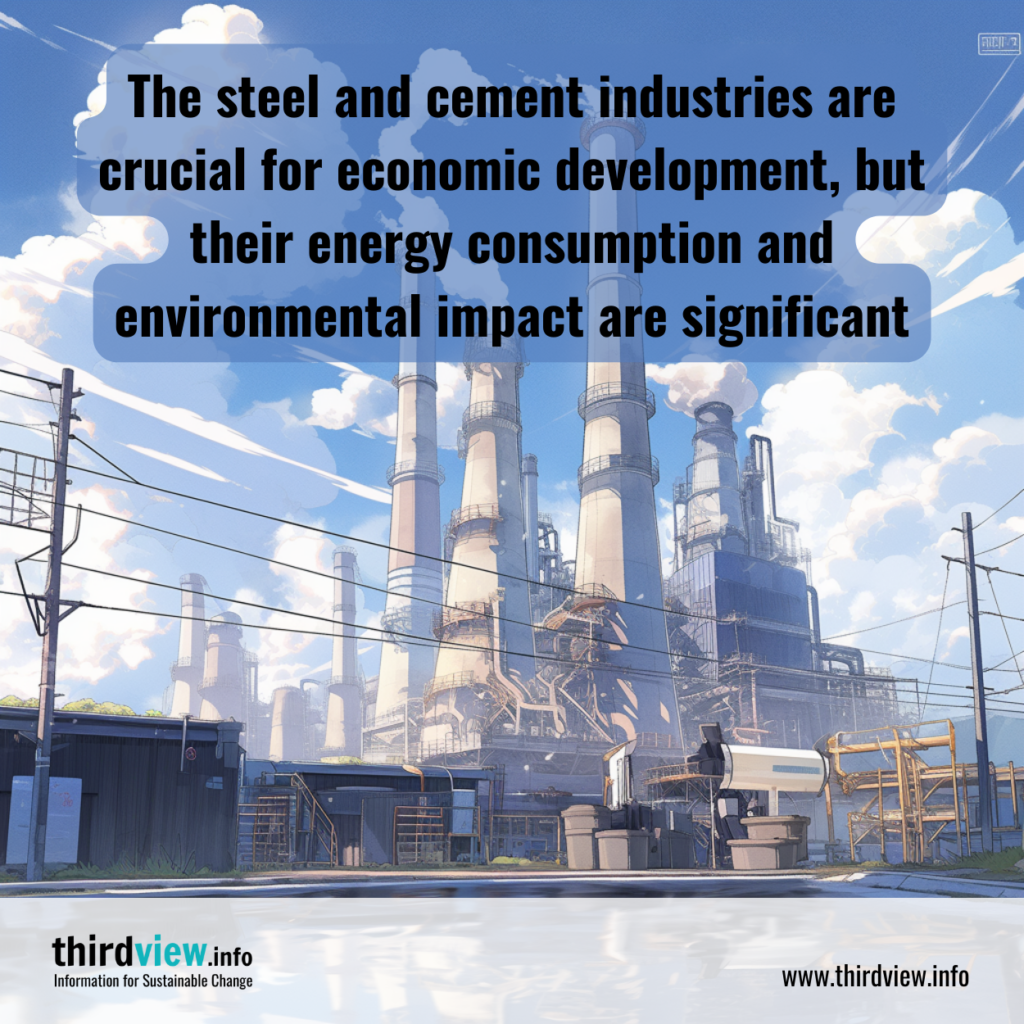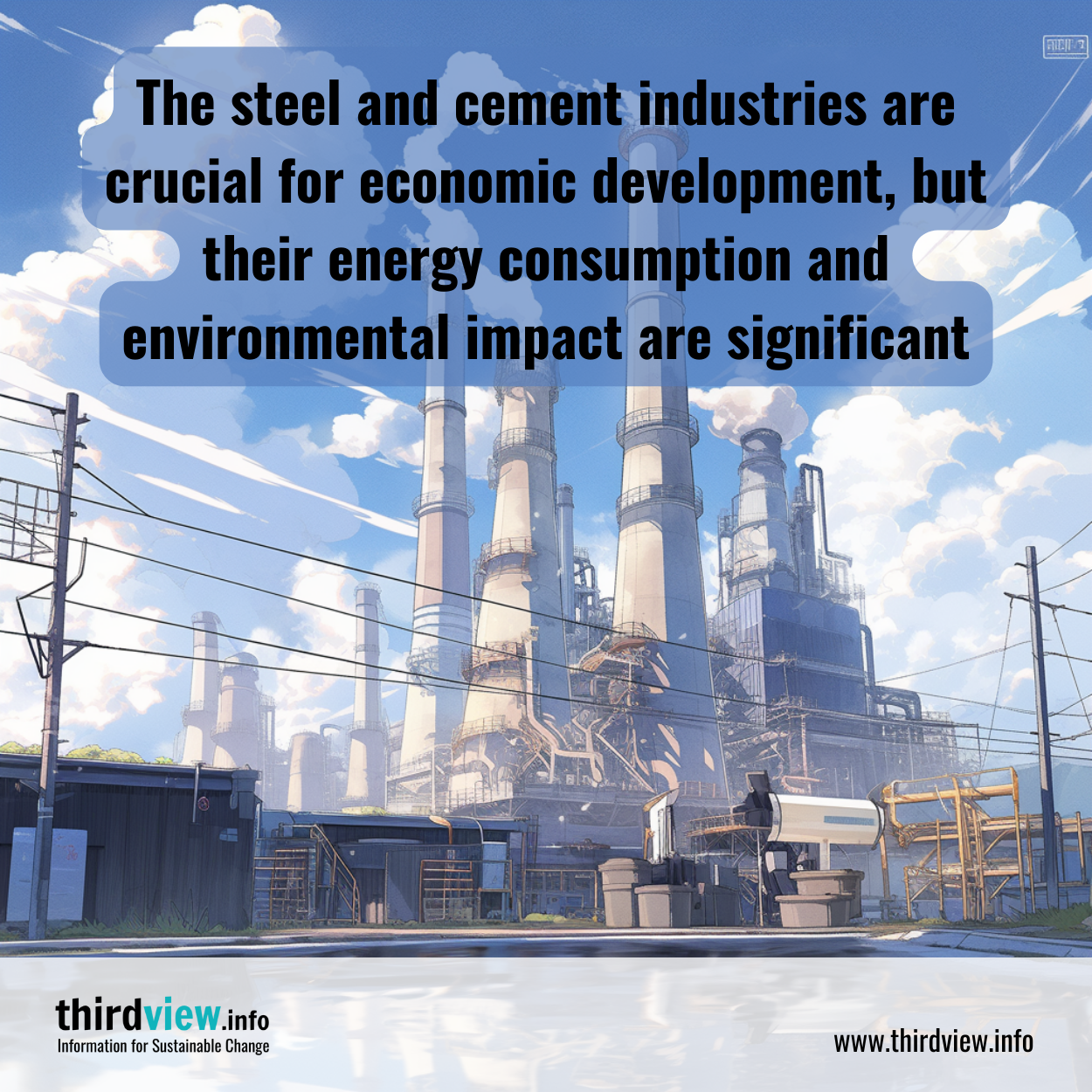The steel and cement industries are the primary drivers of economic development worldwide. They provide necessary building materials and enable the production of infrastructures critical to modern life. However, the energy consumed by these two industries is staggering, and their environmental impact is significant. With the growing concern over climate change and sustainability, we need to look at ways to assess energy use and find sustainable solutions. In this article, we will take a closer look at the energy use of these two industries.
Importance of Steel and Cement Industries
Steel is an essential material for the building and construction industry, automotive industry, and aerospace industry, among others. Cement, on the other hand, is the fundamental binder in concrete, which is the world’s most widely used construction material. Buildings, roads, bridges, and other infrastructures all rely on these two industries. The demand for steel and cement has been increasing, with China being the world’s largest consumer of both materials.
The Energy Use of Steel and Cement Industries
The production of steel and cement requires significant amounts of energy. According to the International Energy Agency (IEA), they account for over 10% of global energy-related CO2 emissions. The IEA also estimated that the steel industry accounted for 7% of CO2 emissions from the use of energy globally in 2019. The cement industry is responsible for 5% of CO2 emissions worldwide.
Energy Efficiency Measures
There are several ways to improve energy efficiency in the steel and cement industries, including the use of new technologies, energy-efficient equipment, and improved production processes. In the steel industry, recycling steel scrap is a significant energy-saving method, as it reduces the need for new steel production. In cement production, alternative fuel sources, such as waste materials, can help reduce greenhouse gas emissions.
Sustainable Solutions
Sustainable solutions for the steel and cement industries are necessary to reduce their environmental impact. One solution is the development of carbon capture and storage (CCS) technology. CCS captures CO2 from industrial processes, and the captured carbon is then stored underground. The use of renewable energy, such as solar or wind energy, can also help reduce the carbon footprint of these industries.
In conclusion, the steel and cement industries are essential for economic development but come at a significant environmental cost. Assessing their energy use and finding sustainable solutions is vital for reducing their carbon footprint. Governments and regulatory bodies should establish policies and incentives to encourage the adoption of energy-efficient technologies and sustainable practices. Ultimately, we must all recognize the importance of reducing our reliance on non-renewable energy sources and take collective action to build a more sustainable future.


